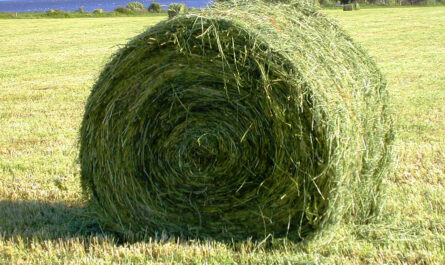Alcoholic Beverages: A Global Phenomenon
Introduction
Alcoholic beverages have been consumed by humans for thousands of years across the globe. While consumption habits and attitudes towards alcohol vary greatly between cultures and regions, its use remains deeply ingrained in many societies today. This article explores the history and present state of some of the most popular alcoholic beverages consumed worldwide.
Wine
One of the earliest alcoholic drinks to emerge, wine has a historical use that spans millennia. The earliest evidence of wine production dates back approximately 8,000 years to Georgia in the Caucasus region. From there, winemaking spread throughout Europe, the Mediterranean and Middle East.
Today, wine remains one of the most widely consumed alcoholic beverages globally. The major wine producing regions include Europe, South America, North America, Australia and New Zealand. Some of the most renowned wines originate from countries like France, Italy, Spain and the United States. Leading varieties include Cabernet Sauvignon, Chardonnay, Merlot, Pinot Noir and Sauvignon Blanc. While Europe retains the largest market, wine consumption is on the rise in other developing countries as incomes grow.
Beer
Also with Neolithic era origins, beer emerged independently in various parts of the world including Mesopotamia and ancient Egypt. It subsequently spread across Europe with the development of barley cultivation. Some famous early brewing centers included Belgium, the Czech Republic, Germany and the United Kingdom.
In modern times, beer maintains its position as the most widely consumed alcoholic drink globally. Major beer-producing nations include China, the United States, Brazil, Mexico and Germany. Leading brands encompass both mass-produced international lagers as well as distinctive local and regional beers. The craft beer revolution has also seen a rise in smaller, artisanal breweries worldwide experimenting with diverse beer styles.
Spirits
Distilled spirits came later in alcoholic beverage history with the development of advanced distilling methods. Some of the earliest known distillates were produced in China, India and the Middle East as early as the 1st century AD. However, it was not until the Late Middle Ages that distillation accelerated in scale in regions like Europe and Ireland.
Renowned European spirits include whisky, primarily from Scotland, Ireland and Japan but also produced elsewhere. Vodka originated in Eastern Europe and Russia while renown European brandies emerge from France, Spain and Italy. Rum is strongly associated with Caribbean and Latin American nations where sugarcane serves as the base ingredient.
In the modern liquor industry, the largest spirits consuming country is the United States. However, consumption is growing rapidly in developing markets as younger populations adopt Western drinking habits. Mature spirits markets in Western nations have also seen recent rises in premium and craft distillates.
Conclusion
From ancient times to today, the global popularity of alcoholic drinks shows little sign of abating. While consumption practices differ between regions and cultures, beverages like wine, beer and spirits maintain an entrenched role in many social and culinary customs worldwide. Their production also forms a major component of the agricultural and trade industries for numerous nations. Looking ahead, globalization and rising incomes are expected to further spread alcoholic beverage consumption trends across the developing world.




